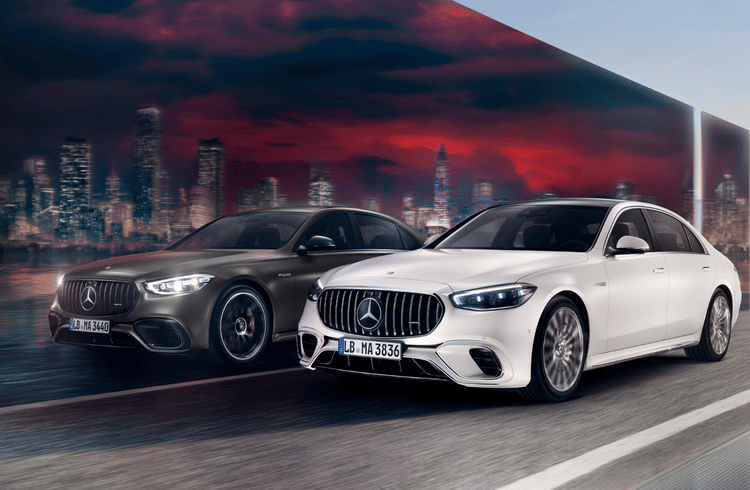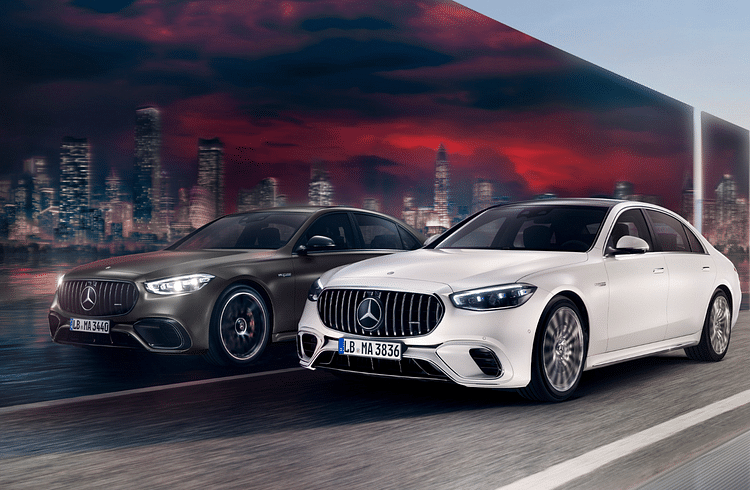
Mumbai, March 20, 2025 – After a period of rapid expansion, the Indian luxury car market is expected to experience a slowdown in 2025. The market could see its slowest growth since the COVID-19 pandemic, and a decline may even occur during the first quarter, according to industry analysts and statements by Mercedes-Benz India.
Market Slowdown
The luxury car market in India has outpaced the mainstream segment since the pandemic, but shifting economic conditions are now affecting consumer sentiment. Falling stock markets and global geopolitical instability are contributing to this trend. According to current projections, from January to March 2025, the luxury car market may face its slowest growth in recent years. If this weakness persists, it could lead to the first quarterly decline since 2020, ending almost sixteen consecutive quarters of growth.
Santosh Iyer, Managing Director of Mercedes-Benz India, suggests the Indian luxury car market may see flat growth, or a slight decrease, in the coming quarters. Despite the possible short-term challenges, Iyer remains optimistic about the sector’s long-term potential. He cited the strength of economic fundamentals and the enduring desirability of the Mercedes-Benz brand.
“We began the year by clearly stating that this year, we would experience growth as such. That’s a broad expectation, but right now, luxury is also a sentiment-driven demand,” Iyer stated. “Currently, sentiments are muted in capital markets and some other sectors due to various geopolitical uncertainties as well.”
In 2024, the Indian luxury car market saw an estimated growth of 6-7%, with retail sales exceeding 50,000 units. Mainstream car sales grew by 4% during the same period. Between 2021 and 2023, the luxury market almost doubled the pace of the mainstream market. This performance helped the industry achieve a new peak last year. The market started 2025 with positive momentum, as Vahan retail sales in January grew by 12%. This momentum slowed to 5% in February, and challenges are continuing this month. Iyer expects the market to recover in the second half of the year.
“We need those sentiments to return because, structurally, we don’t see anything wrong from either the economic or consumption perspective. The products are great, and the brand remains very desirable, so the growth should come at the right time,” he explained.
He also acknowledged the possibility of a flat or slightly negative growth for a quarter or two before demand rebounds. “Maybe for one or two quarters, you may see a flat or even a slight decrease, and then it should return to a better growth rate.” He added, “On a full-year basis, we still believe it should be either flat or slightly better than last year; therefore, we need to wait for it.”
Tesla’s Entry
When questioned about the potential impact of Tesla entering of the Indian market, Iyer expressed a belief that the addition of new players would help the sector expand. “New players always help to grow the market, so I think it’s always welcome to be there,” he said.
However, Iyer pointed out that Mercedes-Benz is focused mainly on the premium and luxury segments. “Our stake in the entry-luxury segment is only 10%. Ninety percent of cars sold in India fall in the top-end luxury, ultra-luxury, or core luxury segment,” he noted.
EV Tax in Maharashtra
Addressing the recent 6% tax on electric vehicles (EVs) by the Maharashtra Government, Iyer noted that such policy changes could temporarily affect demand. “One of the reasons EVs were given exemptions by different states was to promote decarbonization,” he said. “State governments are trying to address issues like livable cities by increasing electric mobility, which is great. However, they also face financial constraints in continuing this waiver. Mercedes-Benz has observed a demand impact in states where taxes on EVs were introduced.”
“However, over the last three years, our penetration into EVs has increased from 2% to 3% to 6% last year. More and more consumers are accepting it, and I believe this is also due to the increased availability of a greater variety of products. So, we should wait and watch how this develops.”
Despite these challenges, Mercedes-Benz India remains optimistic about the luxury car market’s long-term prospects and anticipates a resurgence as consumer confidence improves.
Forex Impact and Pricing
Mercedes-Benz India has already implemented price increases in 2025, including hikes in January and March, for the E-Class, which was initially launched at a promotional price. The company is now closely monitoring fluctuations in foreign exchange rates, as a sharp increase in the euro-to-rupee exchange rate could lead to further price revisions. “We implemented a price increase in January, and we also raised the price of the E-Class in March, as we had initially introduced it at a promotional rate,” said Iyer.
“The recent depreciation of the rupee against the euro has been a cause for concern. When we look at the exchange rate, the euro has already reached a 95 level, whereas we have always priced our cars at 90. That’s a significant increase, and if this trend continues, it may lead to another price hike from April onwards,” Iyer explained.
Mercedes-Benz typically follows an annual price review policy, with occasional adjustments during the second half of the year. However, significant currency fluctuations may require more immediate responses.
“We generally implement an annual price increase, and sometimes, if required, we may also introduce another hike in the second half of the year. But if the exchange rate fluctuates significantly, we need to react,” Iyer said.
To illustrate the effect of these fluctuations, he added, “A five-rupee gain in the euro-to-rupee exchange rate translates to a rise of almost 5-8% in costs, which is quite significant.”
Despite the current market conditions, Iyer said that currency fluctuations are normal in today’s global market and that the company will remain vigilant.



